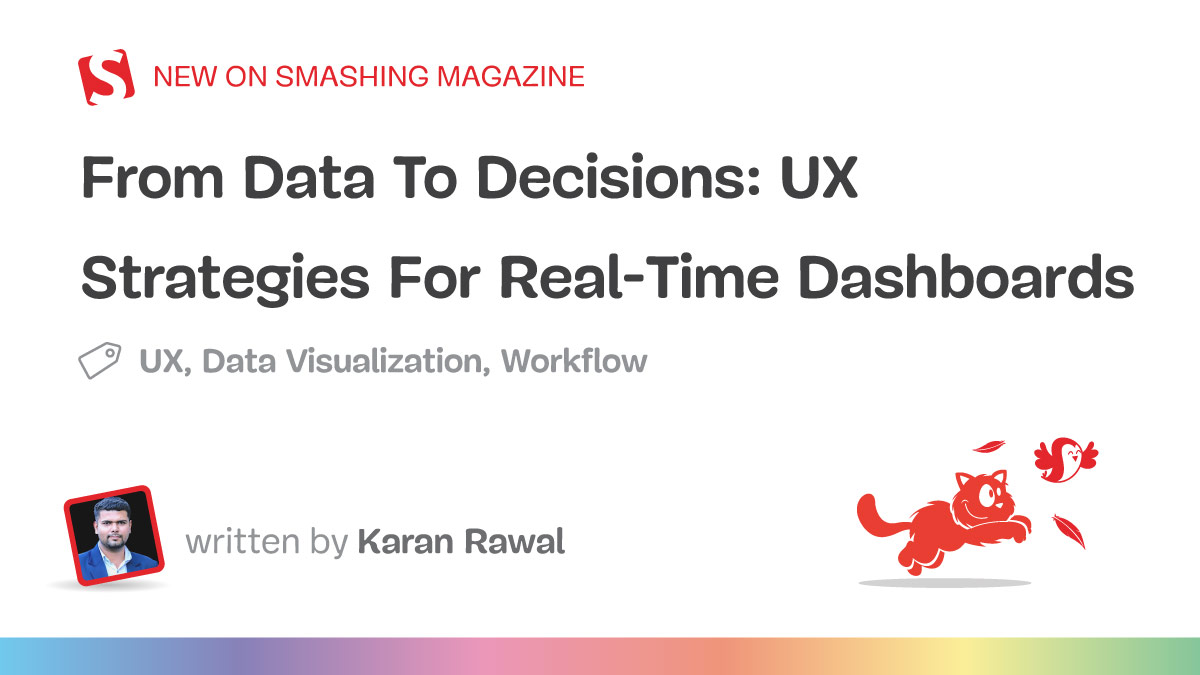
"Real-time dashboards are decision assistants, not passive displays. In environments like fleet management, healthcare, and operations, the cost of a delay or misstep is high. Karan Rawal explores strategic UX patterns that shorten time-to-decision, reduce cognitive overload, and make live systems trustworthy. I once worked with a fleet operations team that monitored dozens of vehicles in multiple cities. Their dashboard showed fuel consumption, live GPS locations, and real-time driver updates."
"Real-time dashboards are now critical decision-making tools in industries like logistics, manufacturing, finance, and healthcare. However, many of them fail to help users make timely and confident decisions, even when they show live data. Designing for real-time use is very different from designing static dashboards. The challenge is not only presenting metrics but enabling decisions under pressure. Real-time users face limited time and a high cognitive load. They need clarity on actions, not just access to raw data."
Real-time dashboards function as decision assistants rather than passive displays, especially where delays or errors carry high costs. Users in domains like fleet management, healthcare, manufacturing, and finance need interfaces that shorten time-to-decision and reduce cognitive overload. Effective designs prioritize urgent items, surface context, and provide clear action cues instead of raw metrics alone. Layout hierarchy, alert colors, grouping, and motion cues support quick scanning and pattern recognition when driven by an understanding of user intent. Personalization, guided attention, and cognitive flow make live systems trustworthy and enable timely, confident operational decisions under pressure.
Read at Smashing Magazine
Unable to calculate read time
Collection
[
|
...
]